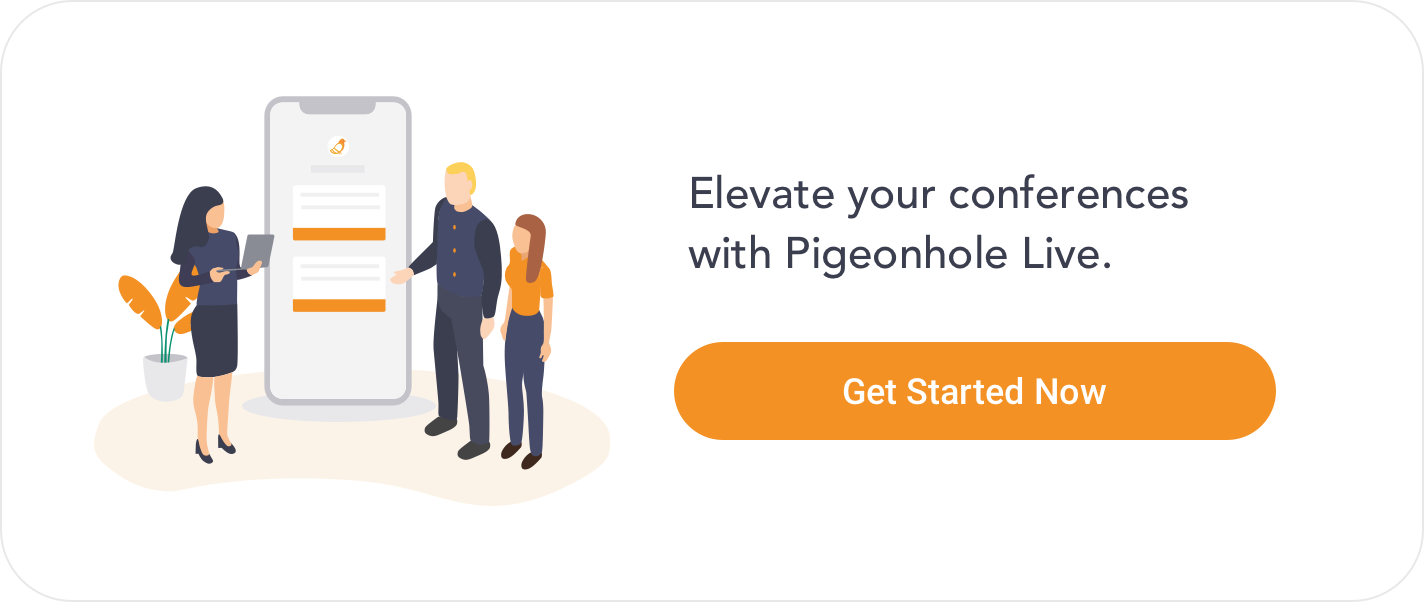8 Reasons Why You Should Still Be Running Webinars In 2023

Melissa Chua
January 9, 2023

Table of Contents
As the COVID-19 coronavirus pandemic intensified globally in 2020, numerous large-scale events and conferences faced cancellation or postponement, leading to significant economic repercussions for event planners and vendors.
But some organizations were quick to pivot. Google, for example, canceled its Cloud Next conference in favor of a "digital-first" event, and some intrepid entrepreneurs affected by the South by Southwest (SXSW) cancellation started their own virtual community, hosting online events through a tongue-in-cheek Facebook group called “COVID-19 Quarantine Virtual Meetups”.
If nothing else, the coronavirus pandemic has exposed the vulnerabilities of in-person conferences, events, and large meetings. Like companies, event organizers also need a Business Continuity Plan (BCP). Conferences originated from a time before global connectivity and mass communication, when it was necessary to physically collect people in the same room to present ideas and connect with industry peers. But as technologies (and times) have changed, shouldn’t the way we conference change too?
If you’re looking for reasons to consider running a webinar instead of an in-person event, here are 8 of them to convince you:
1. Webinars are cost-efficient
Virtual events allow you to save on costs without compromising attendance numbers. Some major expenses you can kick off your list include venue and furniture rental; hiring of event staff including ushers and security; catering; and travel and lodging expenses for speakers.
However, webinars do require extra investment in a reliable video streaming partner. Ideally, it should provide high-speed streaming, quality technical assistance, and an intuitive user interface.
2. Webinars generate less waste
Save on environmental waste and carbon emissions caused by air travel. Save on time spent setting up and tearing down a physical event space. Save on costs for printing conference collateral and creating swag for door gifts. Save on food waste from leftover catering!
Webinars are easily the greener alternative to in-person events – and if sustainability is one of your corporate values, then webinars would fit perfectly into your company DNA.
3. Webinars are highly scalable
With webinars, you won’t have the physical constraints of a venue, which means your audience numbers are almost limitless. You’ll be able to market to a wider global audience and your panel of guests or speakers can likewise jump in from all over the world, so that geography is no longer a barrier.
Webinars also allow you to ramp up your event frequency. Once you have a standard webinar agenda established, and you’ve familiarised yourself with the technology of recording and broadcasting, it’s pretty much copy-and-paste with minor tweaks when required.
4. Webinars help you to be more agile
Because webinars require shorter lead times to produce and execute, you’ll be able to push out a webinar faster than an in-person event. This allows you to respond quickly to new trends, be one of the first to address new developments, and establish yourself as a thought leader in your industry.
You’ll also be able to pivot better should unexpected circumstances arise—rescheduling or changing webinar topics last minute is far less complex and costly than changing the same for an in-person event, especially with potential penalties from your event venue or vendors.
5. Webinars let you engage better with large audiences
The Q&A sessions run by in-person events are severely limited—you’ll likely only be able to address 3 or 4 questions, and on a first-come-first-served basis. With such selective sampling, you’re probably not getting a good reflection of the true concerns of your broader audience—just those of a few people who happened to get a mic passed to them.
With Q&A webinars, you can use a virtual live Q&A (that won’t require being singled out from the crowd) or an egalitarian question-collecting tool (which gives everyone a chance to have their question heard) to encourage more audience members to engage. In fact, 47% of attendees are more likely to ask a question at a virtual event!
If you use Pigeonhole Live, you can even let the audience vote on questions and choose the top 3 to address. The remaining questions can be used as ideas for subsequent webinars or blog posts, because they’re good insights into the sentiments of your audience.
6. Webinars are a source of evergreen content
Video recordings can be placed on your social media channels for branding and awareness, or used as gated content on your website for lead generation. Videos are the way forward for engaging with Gen Z audiences. Some video streaming platforms like Brightcove even help you create beautiful content hubs to build your video library or conduct on-demand webinars.
7. Webinars offer opportunities for deeper audience insights
Live and on-demand webinars give you a unique opportunity to collect audience data from live interactive participants for better insights. Beyond personal, demographic, and professional information that attendees would have provided upon registration, webinars also allow you to collect more information through polls and surveys. That information can then be used to improve your product, conduct better webinars in the future, offer customized content and services, and much more.
8. Webinars nurture better leads
73% of marketers consider webinars to be the number one tactic for effectively nurturing leads. They credit this to automatic follow-ups post-webinar, the provision of high-quality on-demand video content that mixes in live elements, and customized messaging based on audience segmentation.
And as more video streaming platforms begin to develop integrations with other CRM platforms and tracking tools, the conversion funnel for webinars is only expected to further optimize and automate over time.
The pandemic year 2020 earned the title of "the year of the webinar" due to its numerous benefits. If you're interested in transitioning from in-person to virtual events, here are some helpful tips to guide you in the process.
That being said, choosing between virtual or in-person events is something of a false dichotomy – more event organizers are adopting a hybrid approach, catering to both in-person and virtual audiences to capture the best of both worlds.
And as the next generation of digital natives begins to lean into the conveniences of virtual platforms, it’s becoming ever more imperative for event organizers not to neglect these audiences.
Want to learn more about running virtual events? Check these out:
Download our ebook to uncover more ways to apply the two-way conversation approach in your town halls.

